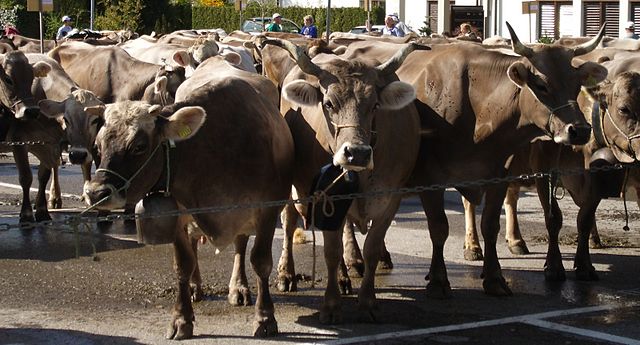In biogeography, a native species is indigenous to a given region or ecosystem if its presence in that region is the result of only local natural evolution during history. The term is equivalent to the concept of indigenous or autochthonous species. A wild organism is known as an introduced species within the regions where it was anthropogenically introduced. If an introduced species causes substantial ecological, environmental, and/or economic damage, it may be regarded more specifically as an invasive species.
Large-leaved lupine (Lupinus polyphyllus): native to western North America but introduced and invasive in several areas worldwide
Bicolored frog (Clinotarsus curtipes) is native to the Western Ghats of India and found nowhere else (endemic)
An introduced species, alien species, exotic species, adventive species, immigrant species, foreign species, non-indigenous species, or non-native species is a species living outside its native distributional range, but which has arrived there by human activity, directly or indirectly, and either deliberately or accidentally. Non-native species can have various effects on the local ecosystem. Introduced species that become established and spread beyond the place of introduction are considered naturalized. The process of human-caused introduction is distinguished from biological colonization, in which species spread to new areas through "natural" (non-human) means such as storms and rafting. The Latin expression neobiota captures the characteristic that these species are new biota to their environment in terms of established biological network relationships. Neobiota can further be divided into neozoa and neophyta (plants).

Cattle Bos primigenius taurus introduced but not naturalized worldwide
Sweet clover (Melilotus sp.), introduced and naturalized in the Americas from Europe as a forage and cover crop
Wheat Triticum introduced worldwide from its place of origin (Mesopotamia)
Male silver pheasant






